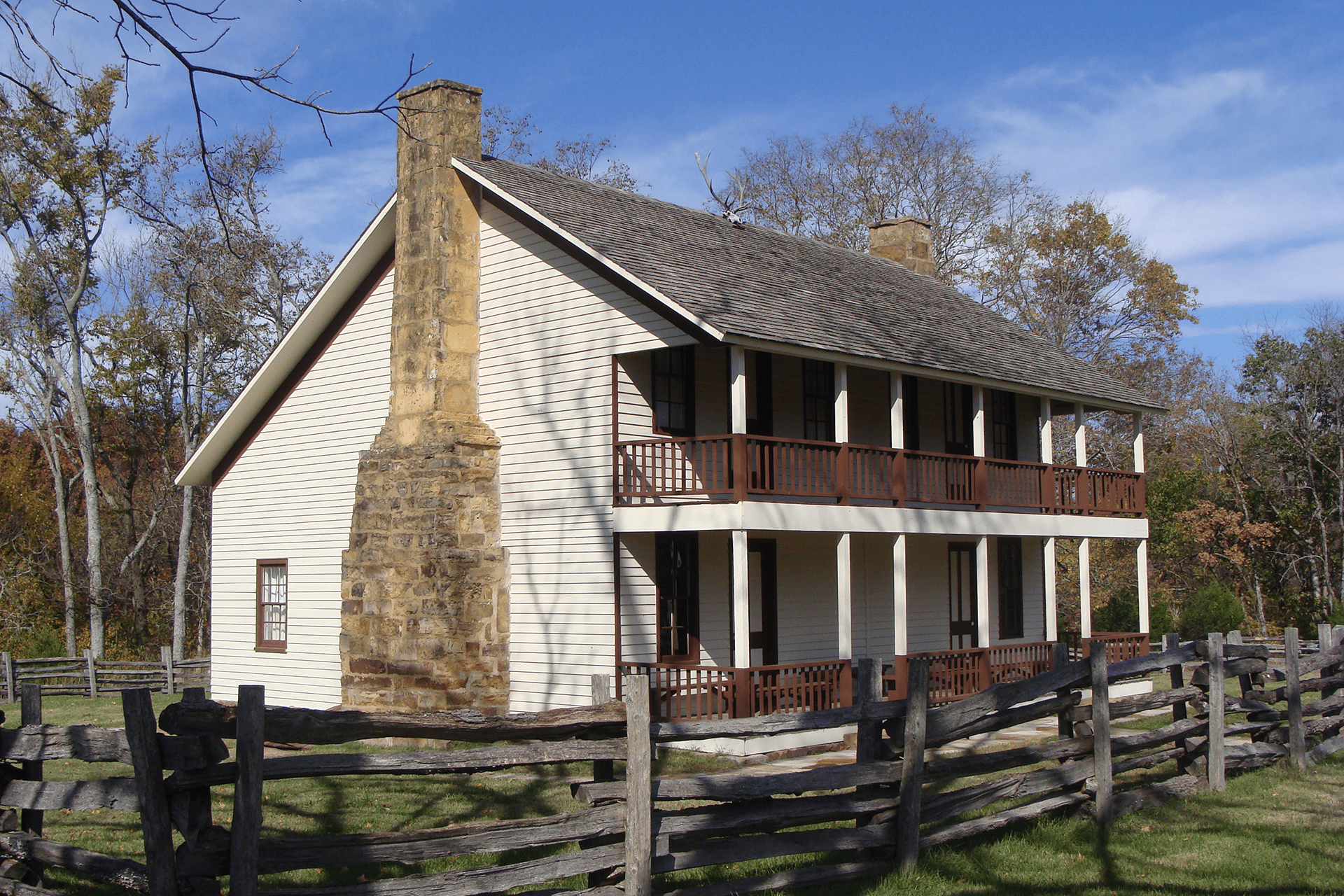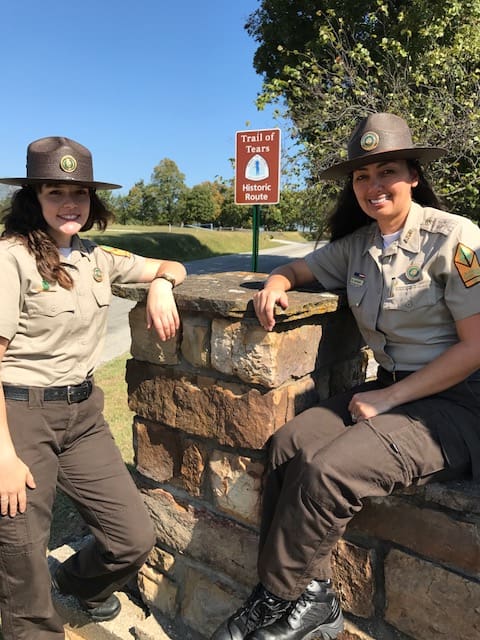PROJECTS
DROPS THAT FILL THE RIVER – BLOOD, SWEAT, AND THE TRAIL OF TEARS: INTERPRETING THE WATER ROUTE
The Water Route of the Trail of Tears National Historic Trail and the removal experiences of the native peoples and their slaves on this route are only partially identified and interpreted for people visiting the Water Route from the Arkansas Post near the Eastern Terminus of the Arkansas River to the Fort Smith National Site on the Oklahoma Boundary. The Arkansas Trail of Tears Association (ARTOTA) proposes to address item 3 of the National Parks Foundation (NPF)’s application for funding to “Enhance Visitors Experience.”

Our project would involve the design, fabrication, and installation of seven 36 X 48-inch interpretive panels. These panels will introduce visitors to the changes in water travel and to the hardships the five large southeastern tribal nations of native Americans endured on their sorrowful journey from their ancestral homes to an unknown future in Indian Territory (Oklahoma). We will also obtain ten 18 X 24-inch route identification signs and six of the new Water Route signs from the Nation Parks Intermountain Region Sign Department. The placement of these signs will be at three Army Corps of Engineers (ACE) and four other Water Route sites. Another component will be the development of two rack cards that will highlight the 1833 route of the river, the points where we have placed river signage, and the nine sites identified in a project in 2019 and completed under other circumstances. The cards will help visitors identify the other sites that have a continuous route. The interpretive panels will have a depiction of the water route designed by a native artist and put together by a graphic designer. The fabrication is to be done by a private firm.
This project is needed to address the difficulties of the Water Route and to identify the resilience of the Choctaw, Chickasaw, Muscogee, Cherokee, Seminole, and their slaves who were forced along this part of the Trail of Tears.

